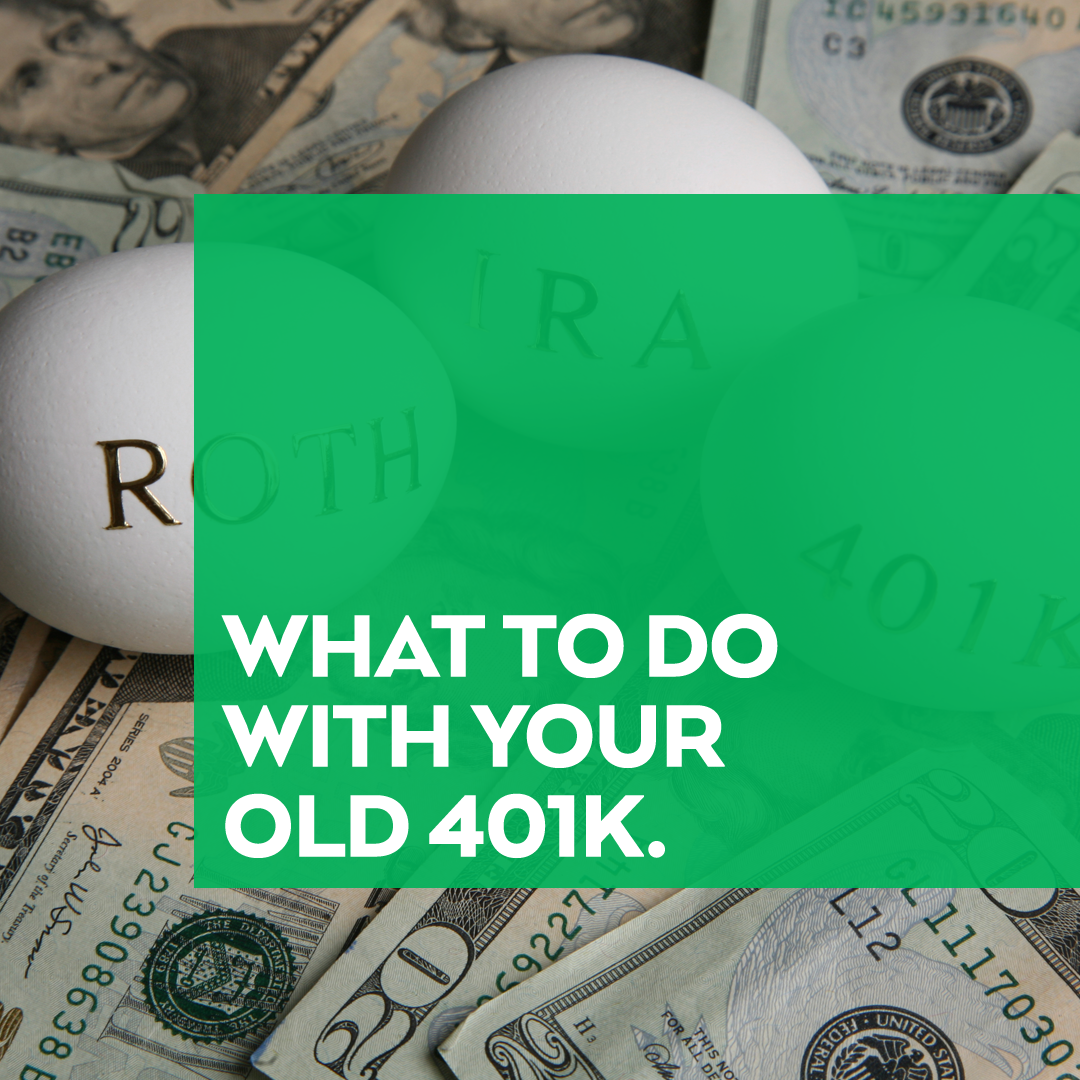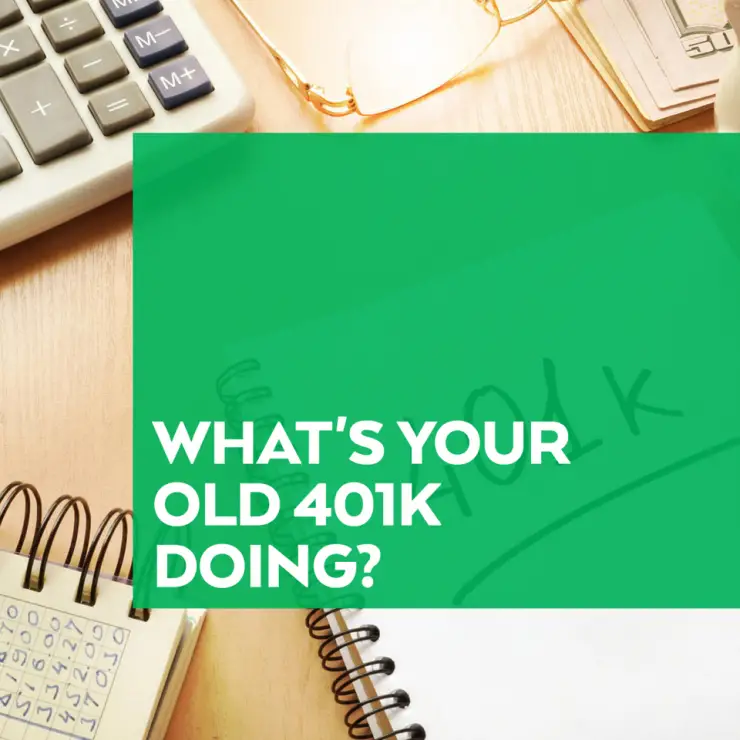Search The National Registry
Still not having any luck? Past employers may list you as a missing participant if you no longer work for the company but left your 401 behind. The National Registry of Unclaimed Retirement Benefits is a nationwide, secure database listing retirement plan account balances that have been left unclaimed .
Search Form 5500 Directory
All employers that provide 401 plans to their employees are required to fill out a 5500 form every year with the DOL. Websites like FreeERISA* allow users to search by company name to locate the correct Form 5500. Another option is to search the DOLs 5500 database. Both simple searches will provide you with additional contact information.
For further assistance in finding lost 401 plans, the U.S. Department of Labor has an Abandoned Plan Search, which helps participants and others find out whether a particular plan is in the process of beingor already has beenterminated. The name of the Qualified Termination Administrator responsible for the termination will be listed as well, giving you a good idea of who to contact .
But beware: some companies, even legitimate ones, can acquire your information about unclaimed retirement accounts and offer to assist you with your search, often with a percentage fee for their services.
When it comes to planning and saving for retirement, its vital to have all your assets accounted for. Locating an old 401 plan is like finding cash in the pocket of an old pair of jeans. Its money you forgot you had but are happy you found. So if you know youve contributed funds to a 401 account but cant figure out where those funds are, the resources listed above may help you find past retirement accounts that may have been lost along your employment journey.
How To Cash Out A 401 After Quitting
You may follow this type of action plan for your 401 when you quit your job:
If your new employer offers a 401 plan, check your eligibility and enroll yourself.
Once enrolled, get the funds and investments in your old account directly transferred to your new account. You can opt for a direct administrator-to-administrator transfer through simple documentation to avoid potential taxes and penalties.
Instead of direct transfer, you can also cash out your old account and deposit the proceeds in your new account within 60 days of cashing out. That way, you dont have to pay income tax on the amount of the withdrawal .
You must start taking 401 distributions after you turn 70 ½ years old and you are not working anymore. However, unlike traditional plans, in a new retirement plan with your current employer, you cannot be forced to take the required minimum distributions even after you reach the age of 70 ½.
If your new employer does not have a 401 plan or you do not like the plan your new employer has, you may roll over your old 401 account to an IRA. The rollover process is like the process of rolling over to a new account. You can either get it done directly through your plan administrator or take out the proceedings and deposit them in your IRA within 60 days.
Read Also: When You Leave A Job Where Does Your 401k Go
Read Also: How Can You Borrow From Your 401k
What To Do With Your Old 401 When You Quit And Why It Matters
One common question when leaving a job is what to do with the old retirement plan. Whether you leave involuntarily, quit to start a new job, or see yourself switching jobs several times in the next few years, you need a plan for your former employer’s retirement savings plan. That’s your 401, 457 or 403.
One wrong move can cost a big chunk of your savings, so you need to be ready to take the right steps.
Locate An Old 401 Statement

If youâre having trouble getting a hold of your former employerâs HR department, refer to an account statement of your old 401.
If youâre still living at the same address, you should have yearly or quarterly statements mailed to you. Check your statement for information on where your account is held and any contact information.
The information on your statements will come in handy in identifying how much money youâll be transferring over to make sure nothing is left behind.
Don’t Miss: What Is The Max You Can Put In A 401k
Leave The 401 Where It Is
The simplest option is to leave the account where it is. Your money would stay invested where it is, and you could continue accessing your account through the same platform but youd no longer be able to contribute to it.
This isnt always an option, however. Some employers may force you to transfer the account .
If the account balance is over $5,000, most employers will allow you to keep the plan where it is. If its below that amount, they may force you to move the account.
Check with your workplaces human resources department to learn the specific company policies.
Tracking Down A Lost 401
Its easy to understand why some workers might lose track of an old 401: Those born between 1957 and 1964 held an average of 12.4 jobs before the age of 54, according to the Bureau of Labor Statistics. The more accounts you acquire, the more challenging it is to keep track of them all.
Perhaps this is why there are some 24 million forgotten 401s holding assets in excess of $1.3 trillion.1 Left unattended too long, old accounts can be converted to cashand even transferred to the state as unclaimed propertyforgoing their future growth potential.
If youre among those with misplaced savings, heres how to locate and retrieve them:
Read Also: How To Calculate Company 401k Match
You Have Options But Some May Be Better Than Others
After you leave your job, there are several options for your 401. You may be able to leave your account where it is. Alternatively, you may roll over the money from the old 401 into either your new employers plan or an individual retirement account . You can also take out some or all of the money, but that could mean serious tax consequences. Make sure to understand the particulars of the options available to you before deciding which route to take.
Vesting May Limit Access To Some 401 Funds
In principle, it’s illegal for a company to restrict access to your personal 401 funds and the earnings they have made. However, in practice, the balance in the account may not all be yours, because some money may have been contributed by your employer via employer matching and you may not have worked long enough in the job for those company contributions to have vested to you.
Once you have reached the point of becoming fully vested, often within a few years, the funds are all yours, and barring other issues, the company is obliged to release them. If you are restricted from accessing your vested 401 funds, that is indeed illegal. At all times you have full rights to withdraw all of your contributions made to the plan in addition to fully vested employer matching contributions, if applicable.
Nevertheless, if there was a vesting schedule associated with matching contributions, and you left before the date those funds fully vested, you can legally be denied access to them.
A company’s vesting schedule determines when employees own their employer’s contributions to their 401 accounts workers are always fully vested in their own contributions.
Don’t Miss: How Much Should I Put In 401k
Option : Transfer The Money From Your Old 401 Plan Into Your New Employers Plan
Moving your old 401 into your new employers qualified retirement plan is also an option when you change jobs. The new plan may have lower fees or investment options that better support your financial goals. Rolling over your old 401 into your new companys plan can also make it easier to track your retirement savings, since youll have everything in one place. Its worthwhile to talk with an Ameriprise advisor who will compare the investments and features of both plans.
Some things to think about if youre considering rolling over a 401 into a new employers plan:
What Happens To My 401k If I Get Fired Or Laid Off
Getting laid off or fired can be a scary experience. Make sure all of your financial bases are covered, including your 401k.
If youve been let go or laid off, or even if youre worried about it, you might be wondering what to do with your 401k after leaving your job.
The good news is that your 401k money is yours, and you can take it with you when you leave your old employer. Whether that means rolling it over into an IRA or a new employers 401k plan, cashing it out to help cover immediate expenses, or simply leaving it in your old employers 401k while you look into your options, your money isnt going anywhere.
Recommended Reading: How To Close 401k Without Penalty
Find Lost 401k: How To Find Out If You Have Lost Or Forgotten Retirement Accounts
Here is a guide for how to find lost money a lost 401k or other unclaimed retirement benefits.
Finding a lost 401k or other retirement account is more tedious than metal detector treasure hunting,but perhaps more rewarding.
A few years ago, I received a strange notice in the mail: a former employer was discontinuing their retirement plan and I had 30 days to either roll my balance into a different account or receive a distribution from the plan. This sort of thing happens quite often when people change jobs and leave their retirement account in the old employers plan. The strange thing about this notice was, I had no idea Id been participating in the plan while I worked there!
Could the same thing have happened to you? If youre looking for ways to increase your retirement savings, you just may want to look for lost or forgotten retirement accounts.
Taking The Cash Distribution May Cost You

Avoiding cash distributions can save you from taxes and penalties, because any amount you fail to roll over will be treated as a taxable distribution. As a result, it would also be subject to the 10% penalty if you are under age 59 1/2.
Since the taxable portion of a distribution will be added to any other taxable income you have during the year, you could move into a higher tax bracket.
Using the previous example, if a single taxpayer with $50,000 of taxable income were to decide not to roll over any portion of the $100,000 distribution, they would report $150,000 of taxable income for the year. That would put them in a higher tax bracket. They also would have to report $10,000 in additional penalty tax, if they were under the age of 59 1/2.
Only use cash distributions as a last resort. That means extreme cases of financial hardship. These hardships may include facing foreclosure, eviction, or repossession. If you have to go this route, only take out funds needed to cover the hardship, plus any taxes and penalties you will owe.
The CARES Act, enacted on March 27, 2020, provided some relief for those who need to make withdrawals from a retirement plan. It lifted penalties for withdrawals made through December 2020 and provides three years to pay back any early withdrawals.
Don’t Miss: Can You Convert A 401k Into A Roth Ira
Compound Interest Only Works If You Leave The Money Alone
We talk a lot at Money Under 30 about compound interest. Its what makes a comfortable retirement possible for most of us. When you cash out your 401 early, youre not just subtracting that balance from your eventual retirement fund. Rather, youre deducting your balance, plus any interest your balance will earn over the next few decades, plus the interest the interest would earn! Taking a few hundred bucks now could cost you thousands down the road. Not to mention that you immediately lose almost 30% of your balance to taxes and fees.
It might feel like a small windfall now, but over the long term, youre taking yourself to the cleaners.
Most retirement funds are set up to allow your money to grow with few interruptions: Hence why the money you put into a 401 isnt taxed, why the interest you earn while your money is in the 401 isnt taxed, and why its relatively hard to remove money from your account until youre close to retirement age.
While we know its tempting to take that small pot of cash, we urge you to resist. And once youve gotten a new job, you should roll your old 401 into your new employers plan. Thatll take away the temptation entirely.
How Do I Cash Out My 401 From An Old Job
If you have a 401 from a previous job, you may wonder how to cash it out. The process is actually relatively simple. You will need to contact the plan administrator and request a distribution form. Once you have completed the form, you must submit it to the plan administrator. They will then process your request and issue a check for the amount of your distribution. It is important to note that taxes and penalties may be associated with cashing out your 401.
Also Check: How Do You Get A 401k Started
Search For Unclaimed Retirement Benefits
When all else fails, search for yourself in the National Registry of Unclaimed Retirement Benefits. Not all employers participate in this service, but many do because it provides benefits that help them meet their legal requirements. It’s a free service, and it only requires your Social Security number.
Youll Be Faced With The Burden Of Replacing Your Retirement Savings
As mentioned earlier, your 401 is intended as a retirement savings vehicle. Typically, when the IRS earmarks a certain account for a certain purpose, youll get the best results when you use the account as intended. Yes, you can access 401 money early, and youll certainly pay for the privilege, but youll also get a far better result if you view your 401 money as a way to cover costs in retirement.
Also Check: How Much Can You Put Into A Solo 401k
Don’t Miss: How To Move 401k To Cash
What If Your Employer Goes Out Of Business
Under federal law, your employer must keep your 401 funds separate from their business assets.
This means that even if your employer abruptly shuts their doors overnight, your money is protected. It cannot be used to pay off your companys loans, cover employee payroll, or for any other purpose.
If your company shut down abruptly, it is possible that a portion of money will be at risk. If your money has been withheld, but has not yet been sent to the 401 plan to be invested, the company could in theory, access those funds.
Option : Move The Money To An Ira
If you’re not able to transfer the funds to your current 401 or you don’t want to, you can roll over the funds to an IRA instead. The process is the same as doing a rollover to a new 401, and you still have the choice between a direct or indirect rollover.
You’ll need to set up a new IRA with any broker if you don’t already have one. Make sure you choose an IRA that’s taxed the same way as your old 401 funds. Most 401s are tax-deferred, which means your contributions reduce your taxable income in the year you make them, but you pay taxes on your withdrawals in retirement. You want a traditional IRA in this case because the government taxes these funds the same way.
If you had a Roth 401, you want a Roth IRA. Both of these accounts give you tax-free withdrawals in retirement if you pay taxes on your contributions the year you make them.
In most cases, losing track of your old 401 doesn’t mean the money is gone for good. But finding it is only half the challenge. You must also decide where to keep those funds going forward so they’ll be most useful to you. Think the decision through carefully, then follow the steps above.
Recommended Reading: How To Withdraw Your 401k After Leaving A Job
How To Roll Over A Roth 401 To A Roth Ira
Like a Roth 401, a Roth IRA consists of funds that have already been taxed, so retirement savings can grow tax-free. However, to roll over into a Roth IRA you must already have a Roth 401. If your previous employer offered a Roth 401 and youre looking to roll over into a Roth IRA, the first step is to open a Roth IRA at your preferred provider. After you change jobs, contact your old employer to roll the Roth 401 into the new Roth IRA.
Let Capitalize handle your 401 rollover for you, for free!
Weve made it our mission to make the 401-to-IRA rollover process easy for everyone. Well help you track down your 401, compare IRA providers, and provide access to our team of rollover experts along the way. Get Started
OPTION 3
Roll Your Assets Into A New Employer Plan

If youre changing jobs, you can roll your old 401 account assets into your new employers plan . This option maintains the accounts tax-advantaged status. Find out if your new plan accepts rollovers and if there is a waiting period to move the money. If you have Roth assets in your old 401, make sure your new plan can accommodate them. Also, review the differences in investment options and fees between your old and new employers 401 plans.
Also Check: What Is A Pension Vs 401k
